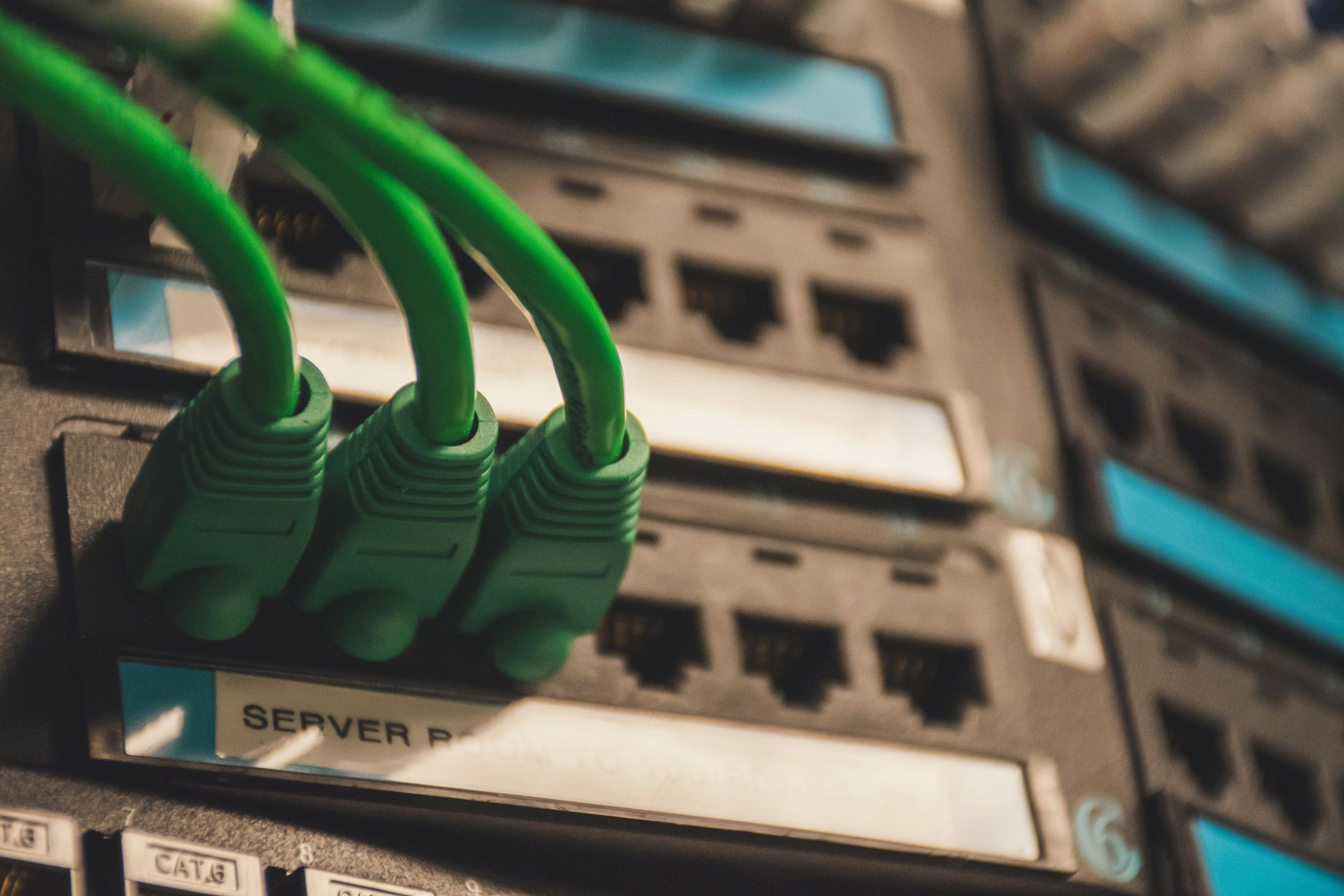Troubleshooting Ethernet Connectivity Issues After Running a Windows Network Reset
Experiencing network connectivity issues can be frustrating, especially when it impacts both Wi-Fi and Ethernet connections. If you recently performed a network reset on your Windows 10 device and now find that your Ethernet connection is not functioning correctly, you’re not alone. This article will guide you through understanding the potential causes and provide effective solutions to restore your Ethernet connectivity.
Understanding the Issue
In some cases, users encounter a situation where, after executing a network reset, their Ethernet connection appears to be physically connected—indicated by green LED lights on the cable or port—but Windows recognizes it as an “Unidentified Network” with no internet access. This discrepancy can be confusing, but it often stems from network configuration changes or driver issues introduced during the reset.
Common Causes
- Network Adapter Driver Problems: The reset process may disable or improperly configure network drivers.
- Incorrect Network Settings: Resetting can revert network settings to default, sometimes causing conflicts.
- IP Configuration Issues: DHCP or static IP settings might be disrupted, preventing proper network identification.
- Firewall or Security Software Interference: Sometimes, security software can block network recognition after a reset.
Step-by-Step Solutions
-
Restart Your Computer and Network Hardware
-
Simple but effective, restart your Windows device.
-
Power cycle your modem and Ethernet router by unplugging them for at least 30 seconds, then plugging them back in. Wait for all indicator lights to stabilize.
-
Verify Ethernet Cable and Port
-
Ensure the Ethernet cable is securely connected.
- Test with a different Ethernet cable or port if available.
-
Check the LED indicators; a steady green light typically indicates a physical connection.
-
Run Windows Network Troubleshooter
-
Navigate to Settings > Network & Internet > Status.
- Click on ‘Network Troubleshooter’ and follow the on-screen instructions.
-
Windows can often detect and resolve common issues automatically.
-
Reinstall or Update Network Drivers
-
Open Device Manager (press Win + X and select ‘Device Manager’).
- Expand ‘Network Adapters’.
- Right-click on your Ethernet adapter and choose ‘Update driver’.
- Select ‘Search automatically for updated driver software’ or visit your manufacturer’s website for the latest drivers.
-
If updating doesn’t help, right-click and select ‘Uninstall device’, then restart your computer to reinstall drivers automatically.
-
Reset Network Settings via Command Prompt
-
Open Command Prompt as Administrator (search ‘cmd’, right-click, choose ‘Run
Share this content:



